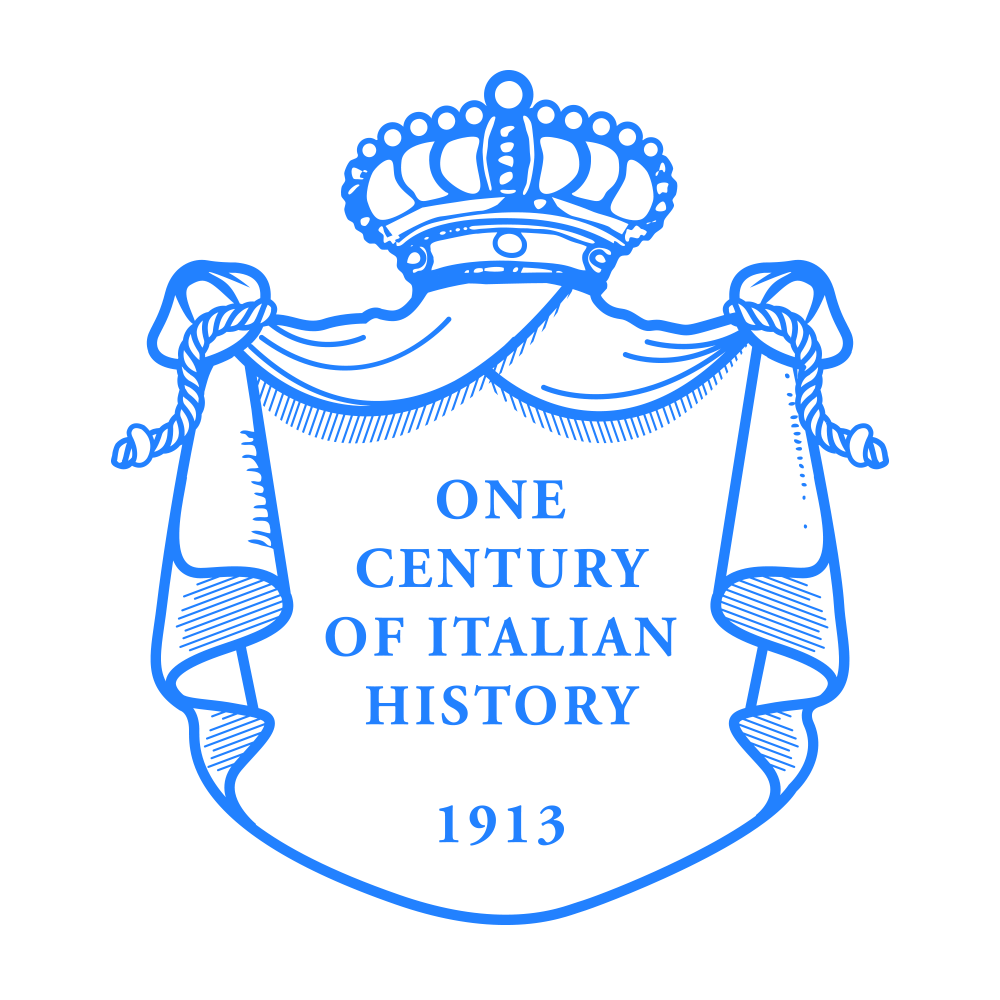VELVETS AND FABRICS.
DINOLE® produces and distributes exclusive velvets and fabrics all over the world thanks to its more than 100 years of experience in the luxury textile sector.
All our products are 100% manufactured at our DINOLE® factory.
Our service covers all aspects of production, from A to Z.
This guarantees the quality of 100% Made in Italy velvets and fabrics.
Our prestigious velvets and textile are serving the best textile editors
and international wholesalers.

OUR EXCLUSIVE VELVET SELECTION.
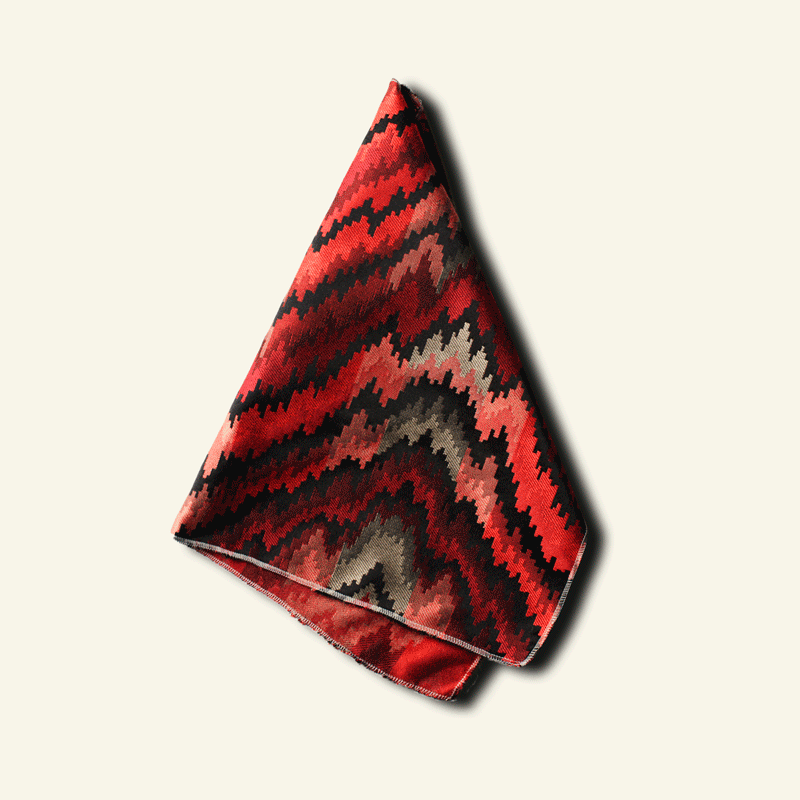
Today, as for more than 80 years, DINOLE® uses a special velvet finishing technology to keep the beauty of cotton velvet unchanged over time: imperfix®.
imperfix® is a trademark and brand of DINOLE® and has joined the Special Register of Historical Trademarks of National Interest by appointment of the "Ministero delle Imprese e del Made in Italy" (MIMIT).
Developed since 1940, imperfix® helps the fabric recover from pressure marks, significantly improves the overall appearance and resistance to use of velvet allowing it to perform to its best and it is considered an essential finish for all DINOLE® cotton velvets. imperfix® is a 100% eco-friendly finishing technology and allows all DINOLE® cotton velvets to be free from Formaldehyde and any dangerous products that are classified as toxic substances included in the Candidate List of SVHC issued by the ECHA.
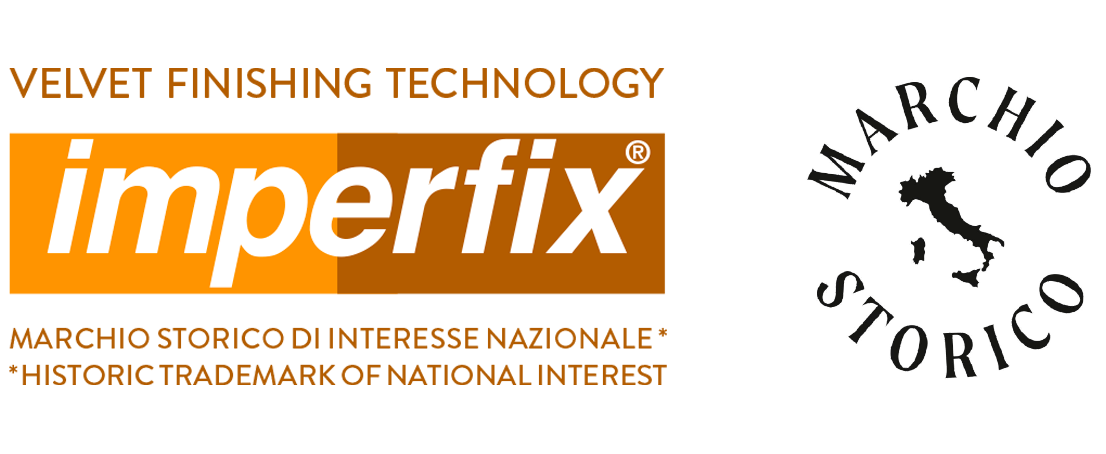
Our security guarantee.
Created thanks to our extensive know-how and long manufacturing experience, FOCUStop® is the trademark of our flame retardant velvets. Highly regarded and renowned for its quality, FOCUStop® has made its star appearance in many prestigious international theatres and high-capacity public venues.

The strict STANDARD 100 by OEKO-TEX® verification tests certify internationally that each component of DINOLE® velvets do not contain harmful substances and are harmless to human health.
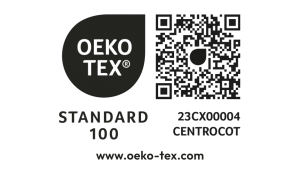
Our certified Environmental Management Systems.
The ISO 14001 standard is based on humanity’s concern for sustainable development of the planet. The standard focuses on enabling organizations to identify, monitor and manage the environmental impacts of their activities, reducing them within the limit values.
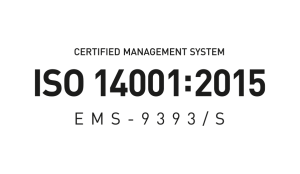
The production process has its origins in the Far East where the best silk yarns are imported from.
They are selected and divided into categories, and only those of the highest quality will be spun and rolled for dyeing process.
The dyeing is made in skeins to minimize the stress of fine fibers, and uses selected dyes to intensify the brilliance and softness of the silk, that will eventually become velvet.
After this long process the skeins are dried and hung for hours at low temperatures, then let for two days in the conditioning rooms to stabilize the yarn to their natural humidity level. It takes more than five hours to wrap yarns of equal length on the beam, which are then knotted, one thread at a time, to the loom.
It takes 50 hours of weaving, controlled by skilled artisans according to ancient tradition, to produce two rolls of this precious silk velvet.
About 15,000 meters of silk thread is used for each meter of velvet.
The weaving ends with a careful quality control of the raw rolls, followed by a long and precise darning process on both sides of the velvet.
Even nowadays the process is still performed by hand.
The rolls then undergo different finishing cycles, using a traditional machine from the beginning of the 20th century.
The hair of the velvet is repeatedly cut, smoothed, frayed and beaten to make it softer and more drapable; a final ironing process inclines the hair to intensify its silky appearance.
The entire silk velvet production process, including the last inspection step carried out by an experienced finisher, takes more than 3 working days for each roll.
All this long process guarantees the highest possible standard for our customers all over the world.
When cotton velvet is used to create curtains or sofas it obtains its true look after a short period of time, due to the gravity and natural humidity of the surrounding environment. Cotton, like all other natural fibers, reacts to humidity, temperature and pressure. This can create slight variations in appearance, which are natural characteristics and not an indication of lower quality.
Furthermore, the cotton velvets of Manifattura Tessile DINOLE® have a special finish called imperfix®, developed in our laboratories in the 1970s and patented in 1995. imperfix® was designed to improve the general appearance and physical performance of our cotton velvets, helping the fabric to “recover” from the signs of pressure and increasing its resistance to use. imperfix® is constantly updated to comply with the new European directives concerning product safety and environmental protection.
The cotton of the Manifattura Tessile DINOLE® does not contain formaldehyde or other dangerous products, which in 2004 were classified in Group 1 of toxic substances.
Once carefully selected, the fiber is extracted from the bark of the plant. It measures an average of 25 mm in length and has a diameter of 25 microns.
To obtain the finest and longest parts, the fiber is then brushed and spun using wet spinning technology. Thanks to this treatment the yarn acquires a shiny and linear appearance, becoming more resistant.
Linen velvet is one of the most classic, with its natural “used” appearance. This quality is soft but with a characteristic touch. Since the fiber is purely natural and strictly piece-dyed, it is quite normal for some random veins and small lumps to appear on the surface of the velvet.
Because of its properties, linen velvet offers a cooling sensation, guaranteeing good comfort and long-lasting high performance.
The use of linen velvet on a daily basis improves its appearance and increases its softness and resilience. On the other hand, when this velvet is consumed, some natural lights and shadows appear on the surface. This must be considered a natural feature of this quality of velvet, just like a linen dress that softens as it is worn.
The viscose velvets of the Manifattura Tessile DINOLE® allow combining the technical characteristics of viscose with the elegant shine and softness similar to silk. They have an average of 27 million bows per linear meter, with a minimum hair length of about 2 mm. This makes the surface of the velvet compact and soft to the touch, but at the same time resistant and durable.
The Manifattura Tessile DINOLE® carries out numerous and sophisticated finishes on its viscose velvets to give it greater resilience, enhancing its beauty in use and making it swell the hair. Thanks to these particular treatments conceived by our internal laboratory, the standard daily use signs of this velvet tend to diminish and, if let free to “breathe”, the hair fibres regain their natural moisture upon contact with the air and rise again. However, the creation of a light and shadows texture on its surface, as the velvet is used, is a characteristic of this quality, just like precious pure silk velvets.
This effect is achieved without the use of formaldehyde, a substance classified as a human carcinogen by the International Agency for Research on Cancer (IARC), as all the velvets produced by the Manifattura Tessile DINOLE® are 100% formaldehyde-free.
Mohair is characterized by a natural elasticity, that gives it strength and durability, and by the shiny and uniform appearance of the fibers, which have a reduced amount of black hair and a total absence of impurities. It is considered an eco-friendly fiber, as its production is eco-sustainable.
Living in areas with an extreme climate, the goat of Angora has developed a very compact coat with characteristics of ductility and water repellency that make Kid Mohair velvet suitable for the most demanding environments, ideal for high-fashion furnishing and luxury products.
The most refined fabrics are produced with the Kid Mohair, whose fibers are obtained from the first shearing, generally in the first six months of the animal’s life.
The fibers of Kid Mohair have a translucent white color and a diameter between 25 and 30 micros. The fiber of this fabric is particularly smooth and its length varies from 12 to 25 cm, measured by the mantle of young goats, which is why they make it the most precious part of wool.
The Kid Mohair velvet was used for the interiors of the first cars. A privilege for a few people, today it is not uncommon to find it in the most famous theatres, in large hotels, and inside sumptuous historical residences, such as the royal courts and the papal apartments.
trevira® CS is a modified “Permanent Flame Retardant” polyester fiber, that is capable of preserving aging, wear and washing, the fireproof properties permanently integrated in the fiber molecule. Unlike velvets that require chemical treatment to achieve certain functions, trevira® CS velvets are totally ecological. During washing they do not release finishes that could damage the environment and active agents (such as flame retardant) but remain firmly anchored in its fibers. The flame-retardant trevira® CS fiber and the yarns made with it are certified according to the 100 standard by OEKO-TEX® and have obtained the highest score, which means that they are also suitable for being in contact with the kids.
The trevira® CS Velvets, besides satisfying the most stringent international tests of fire resistance and wear for the contract sector, are above all elegant products suitable to be used at home with the characteristic of being resistant (over 140,000 laps of Martindale), to be washable and with a long resistance of color to light.
The trevira® CS Velvets are built on the same setups of the most prestigious velvets of the Manifattura Tessile DINOLE® therefore they have very high reductions of threads and wefts per centimeter, to give resistance in use and a perfect definition of the hair surface, with more than 3,5 million bows per linear meter.
It takes 20 hours of weaving and the use of a total length of about 32,000 meters of trevira® CS yarn, to make 1 linear meter of velvet.
The entire production process, including the latest quality control, takes more than 3 working days for each piece, to ensure the highest possible standard for our customers worldwide.
The Extra Fine Merino Wool fiber (19.5 micron) is dyed in fiber with reactive dyes and mixed in spinning to obtain a characteristic mélange effect.
This particular wool gives a natural resilience to the velvet, maintaining softness, lightness, warmth and dynamism. By letting them “breathe” in the air, the wool fibers regain their natural moisture, swelling and lifting the velvet hair.
This pure virgin wool velvet has the characteristic “W” construction, which guarantees resistance over time and accentuates the mélange effect of the yarn.
In everyday use, a play of lights and shadows on its surface is created, which is a typical characteristic of this kind of velvet, just like our precious Kid Mohair and Silk velvet.
A distinctive feature of acrylic velvet fibers is their versatility, as they are exclusively constructed with “W” binding, to guarantee a long life even in the case of intense use and are strictly dyed in yarn, to obtain a final result of great value. Compared to other fibers, such as polyester and polyamide, acrylic velvet comes close to natural fibers in the hand and in the appearance.
The acrylic Performing Velvet version for outdoor use is particularly resistant, colored, and sustainable (tested by the UNI EN ISO 105 B04 / 2000 standard), thanks to the excellent resistance to UV rays of the fiber and dyes used.
Thanks to our special finish, acrylic Performing Velvet improves performance in oil and water repellency, antifungal activity, and resistance to mold, keeping it soft to the touch.
The products made with acrylic velvet maintain their original shape, guaranteeing a high resistance to wear (with a Martindale> 100,000 rubbing), do not form pilling, can be cleaned and washed easily, they dry quickly, and are resistant to dirt: they are in fact, they repel oil and aqueous liquids (tested by the AATCC 30-2013 + ASTM D5035-11, AATCC 118. 2007, AATCC 193. 2007).
In particular, the cashmere used to produce the velvet of the Manifattura Tessile DINOLE® comes from Inner Mongolia and the neighboring provinces (in particular from Ningxia), where the harsh and extreme conditions in which the goats live make the fiber much finer than that coming from other regions. The average diameter of the fiber, from which our velvet is obtained, does not exceed 16 microns (less than half of normal wool fibers). This fineness enhances the softness of the yarn and its luster.
Cashmere goats produce a double fleece: a thin and soft undercoat and a thicker and rougher outer covering. To obtain the cashmere velvet the undercoat is separated from the coarser hairs through a comb, with a process called “de-hairing”.
Cashmere velvet, after being woven with a “W” construction, which guarantees strength and durability, undergoes various finishing operations.
The pieces are repeatedly brushed by 215000 needles that pinch the fibers and comb them in the same direction, then special spiral-shaped blades cut the excess hair. In this way the surface of the cashmere velvet becomes regular and clean, and is ready to be then stretched to obtain the classic luster and extreme softness.
The complete finish of a cashmere “piece” requires more than 48 hours of work.
Velvet is left to rest for a long time, suspended on special racks, so that the fibers regain natural moisture.
The production process of cashmere velvet ends with quality control, through several steps. Then the piece is rolled up with special machines that regulate the tension, preventing the creation of folds.
The cashmere velvets of the Manifattura Tessile DINOLE® are known throughout the world for their quality and are used and requested by the most important brands in the manufacturing sector.

